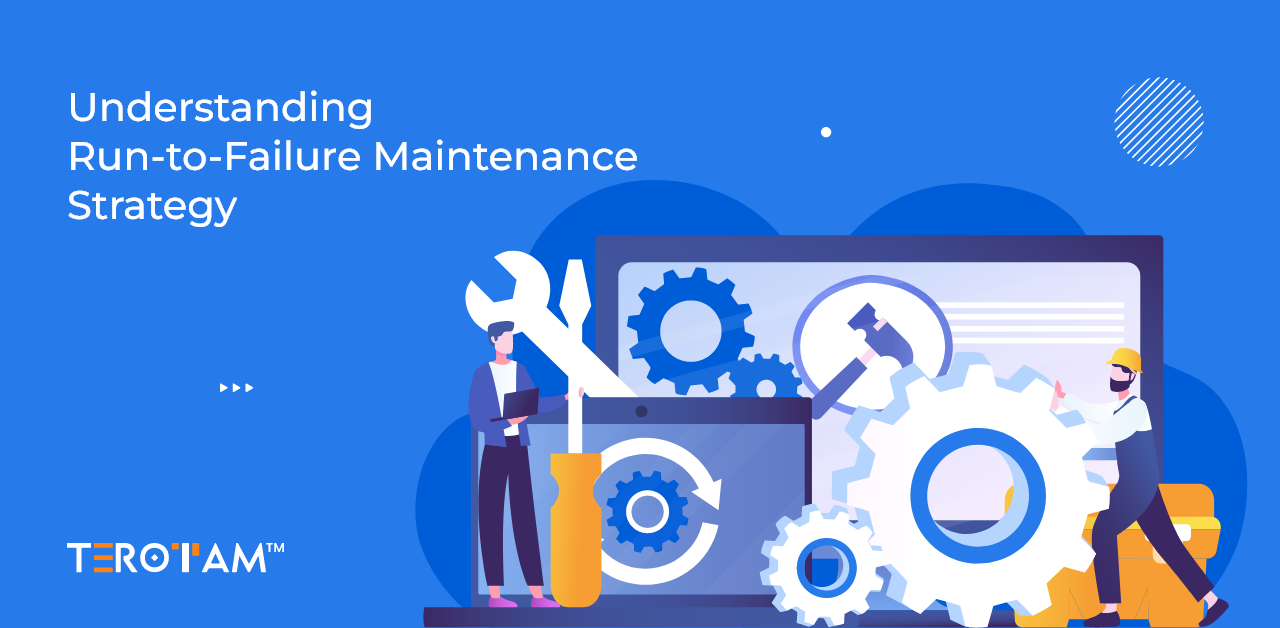When maintenance efforts are planned but not measured, they often fall into the trap of guesswork. Many organizations conduct reactive repairs and scheduled servicing, but few measure the effectiveness of these efforts. That’s where maintenance benchmarking becomes useful — it provides a clear way to track, compare, and improve.
Setting up maintenance benchmarking helps maintenance teams align their goals with business objectives, spot inefficiencies, and adopt proven methods from industry leaders. It’s not just about numbers — it’s about shaping a strategy that continuously improves. This blog will walk you through how to set up a proper maintenance benchmarking process, what metrics to focus on, and how to keep the benchmarking useful over time.
Why maintenance benchmarking is important?
Benchmarking gives your team a reference point to evaluate maintenance performance. Without one, it’s hard to know whether the team is doing well or just getting by.
- It identifies performance gaps and inefficiencies.
- It encourages a proactive, data-led culture.
- It supports budgeting and resource allocation.
- It helps justify investments in tools, training, or technology.
- It fosters accountability with clearly defined targets.
For organizations managing large or distributed assets — whether factories, buildings, or equipment fleets — benchmarking brings much-needed visibility and direction.
Steps to set up maintenance benchmarking
Setting up a maintenance benchmarking process requires more than just tracking metrics. It’s about putting structure around how you compare performance internally and externally.
1. Define your objectives
Before selecting metrics or collecting data, understand why you’re benchmarking. Are you looking to reduce downtime, control costs, or improve equipment reliability?
- Set specific goals such as reducing emergency work orders or improving asset availability.
- Align your maintenance goals with broader business objectives.
- Clarify whether you want internal benchmarking (comparing departments) or external benchmarking (comparing against industry peers).
2. Identify key metrics
Not all maintenance metrics are equally useful. Focus on a mix of efficiency, effectiveness, and cost-related indicators.
Some widely used benchmarking metrics include:
- MTTR (Mean Time to Repair) – Measures how quickly failures are resolved.
- MTBF (Mean Time Between Failures) – Indicates equipment reliability.
- Planned vs unplanned maintenance ratio – Reveals the balance of proactive versus reactive tasks.
- Maintenance cost as a percentage of asset value – Tracks whether you’re overspending.
- Work order backlog – Measures how well the team keeps up with scheduled work.
- Schedule compliance – Shows how reliably planned work is executed on time.
Choose metrics that are relevant to your type of operation, assets, and resource model.
3. Standardize your data collection
Once you know what to measure, ensure consistency in how the data is collected, entered, and validated.
- Use CMMS or EAM systems to automate tracking.
- Define clear data-entry rules for technicians and supervisors.
- Include historical data to set a baseline for comparison.
- Train staff on how to classify failures, record time logs, and update task status properly.
Data quality is essential. If the inputs aren’t reliable, the benchmark won’t reflect reality.
4. Compare against internal and external standards
Start by comparing your current state to your past performance. This internal benchmarking helps identify whether your efforts are improving or slipping.
Then, explore external benchmarks:
- Use industry reports, surveys, or maintenance associations to gather reference data.
- Look for sector-specific KPIs — what’s good for a manufacturing plant may not fit a utility company.
- If possible, connect with industry groups that share anonymized benchmarks.
Even if external comparisons aren’t perfect, they give you a sense of where your performance stands in a wider context.
5. Analyze gaps and set targets
Once comparisons are made, focus on where the gaps lie. Use these insights to shape achievable improvement plans.
- If your MTTR is high, investigate whether spare parts access or technician skills are the issue.
- If schedule compliance is low, assess the planning process and job scoping.
- Prioritize improvements that will have a measurable impact on your most critical assets.
Set realistic targets with a clear timeline, and build them into your maintenance strategy.
6. Monitor, report, and refine
Benchmarking is not a one-time task. It needs to be part of an ongoing process.
- Create dashboards or monthly reports to share progress.
- Include visual trends to track performance over time.
- Review benchmarks quarterly or bi-annually to stay aligned with operational changes.
- Regularly revisit your metrics — drop those that aren’t helpful and add new ones when needed.
Continuous tracking helps maintenance teams make smarter decisions and adjust to new challenges without losing direction.
How to make the most out of your benchmarking efforts?
To keep the benchmarking effort useful and not just a reporting formality, involve the right people and create a feedback loop.
- Get buy-in from operations, finance, and top management.
- Involve technicians — they often know where time or effort is being lost.
- Tie benchmark improvements to training and incentive programs.
- Make your benchmarking tools accessible — ideally part of your CMMS interface.
The goal is to turn data into action. Once that habit is built, benchmarking becomes less about reports and more about improvement.
Conclusion
Setting up maintenance benchmarking gives teams the clarity to measure what matters and focus their efforts. It’s not about hitting abstract numbers but improving how people, tools, and assets perform together. By taking a structured approach — from defining your goals to refining your metrics — you turn maintenance from a reactive function into a strategic one. Want to start benchmarking your maintenance more effectively? Reach out to our team at contact@terotam.com to learn how technology can support your process.








